Wreck Diving Risks: Hazards, Dangers, and Precautions
Diving on wrecks is a popular activity enjoyed by scuba divers all around the world. Shipwrecks attract divers interested in their history and the ecosystem they attract; a dazzling diversity of marine fauna and flora. Whilst fun, wreck diving has additional hazards that divers need to be aware of. As a passionate wreck diver and technical wreck instructor for many decades, I have had close calls with all of these wreck hazards. In this article, I will give a detailed explanation of the wreck diving risks, and provide insights into how to avoid or mitigate them.
What is Wreck Diving?
Wreck diving is the exploration of sunken ships or other human-made structures underwater. These wrecks can be found in oceans, seas, and lakes worldwide, and they provide a rich ecosystem for various marine creatures. Additionally, wreck penetration diving is an advanced scuba activity that requires specialist training and equipment to stay safe.
Is it dangerous to dive inside wrecks?
Yes, wreck penetration poses a number of very specific risks that wreck divers need to be aware of. Consequently, entering a shipwreck requires specialized wreck diving equipment and training.
Hazards associated with diving inside wrecks include:
- Difficulty performing scuba emergency skills
- Getting lost or disoriented to the exit
- Getting entangled in guidelines, cables, or electrical wiring
- Injuries from the wreck structure or marine life
- Losing visibility from a silt out or light failure.
It is possible to safely explore the dark and silt-filled compartments of a shipwreck. For that reason, specialist training from an expert wreck instructor is needed. Additionally, special equipment is also needed.
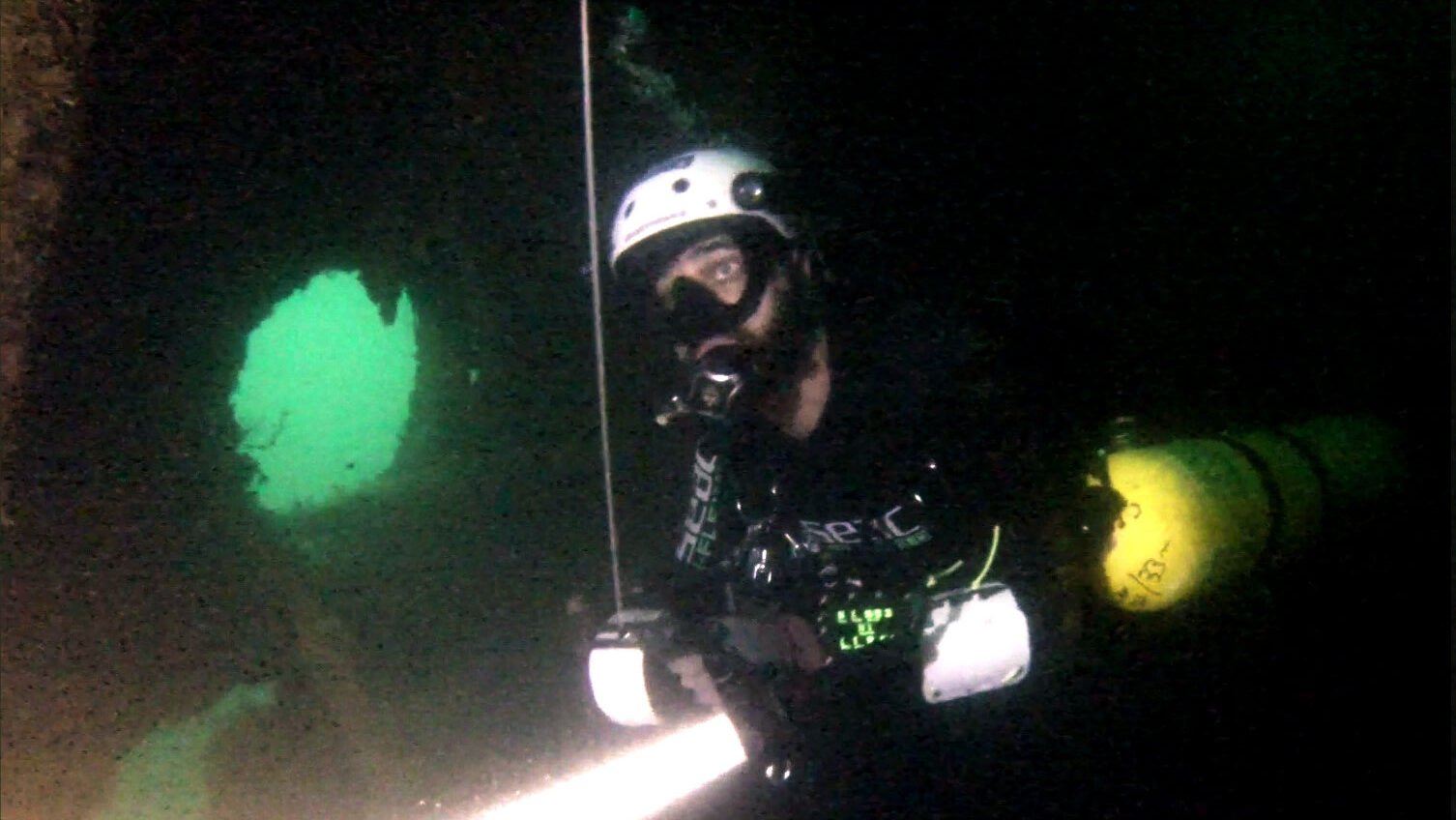
What are the wreck diving risks?
Wreck diving poses six risks that are not present, or as severe, in open water scuba diving:
- Inability to Surface
- Disorientation
- Silt out and zero visibility
- Entanglement and entrapment
- Physical injury hazards
- Marine life injuries
Inability to Surface
Entering into a wreck puts scuba divers into an overhead environment. Consequently, they cannot ascend directly to the surface should an emergency occur. As a result, exiting a wreck can be a slow process and the diver may not have that time available before running out of gas.
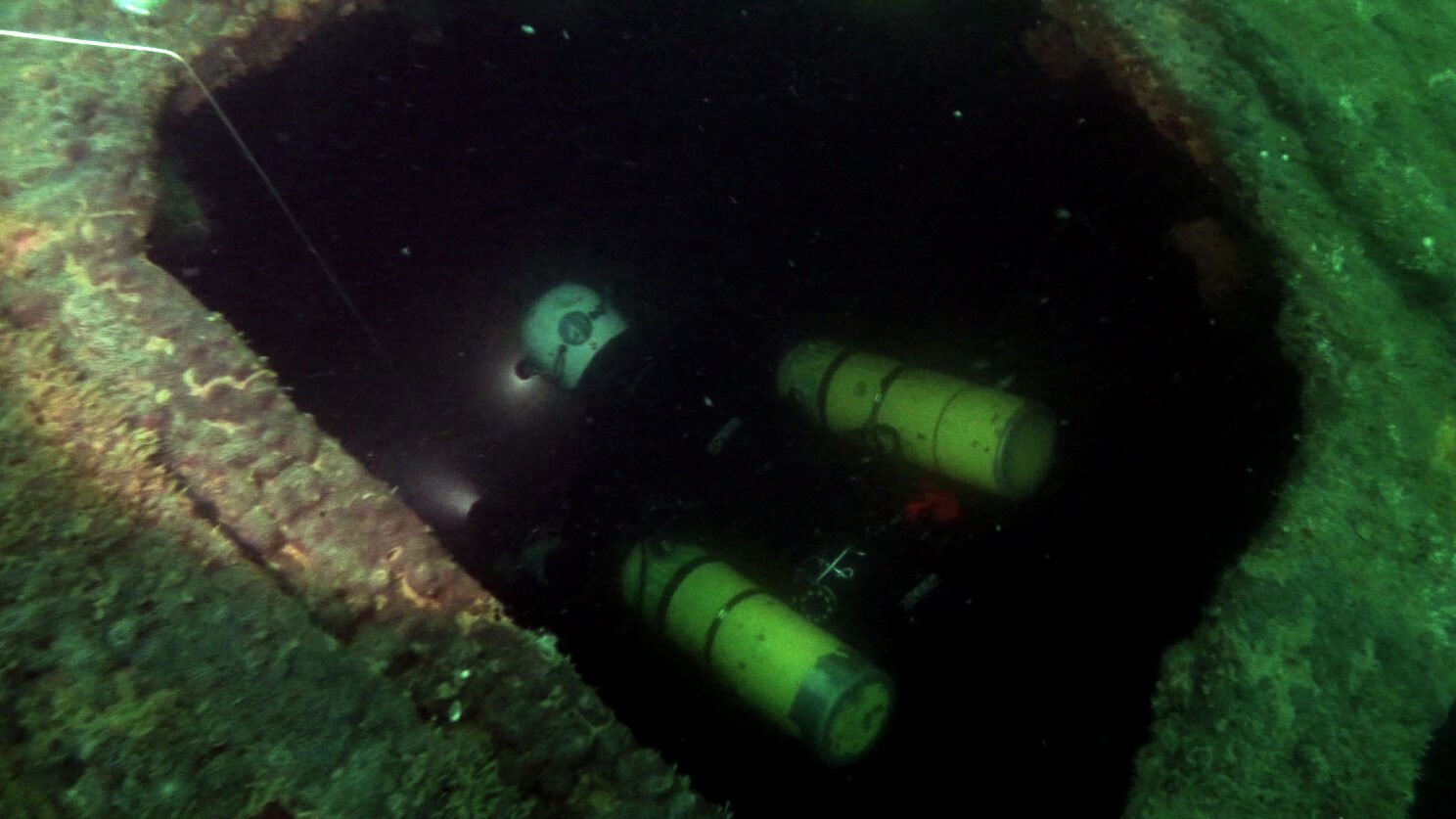
It can be very tempting for divers to enter inside wrecks. The darkness promises mystery and excitement. Consequently, this attraction can cause bad decision-making when a diver is over-confidence by not understanding wreck diving risks. Ultimately, the diver must be taught how to make safe judgments about whether to venture inside a wreck. In turn, this requires specialist knowledge, experience, and training.
Conventional diving emergency skills may not work
Entering a wreck can make the emergency responses you were taught as a scuba diver ineffective. For instance, basic air-sharing techniques do not work reliably in confined spaces.
As a result, advanced wreck penetration divers use specialized dive equipment and learn more advanced techniques to mitigate those wreck diving risks. In contrast, entry-level diving emergency skills are simply not enough to address the risks of wreck diving.
Gas management and gas redundancy
Losing direct access to the surface makes gas supply a much more critical factor. For example, a wreck diver can run out of gas if an unforeseen emergency arises. To address those risks, wreck divers have to perform more complex gas supply planning and carry a backup air supply to survive worst-case scenarios.
Proper dive planning includes each wreck diver retaining a calculated gas reserve for exiting the wreck, ascending, and making a safety stop, whilst donating gas to a buddy. As a result air consumption calculations are needed for wreck penetration diving. Furthermore, detailed gas planning allows the diver to account for cylinder gas volume and breathing rate.
Obviously, even with the most diligent dive planning, regulators can fail or there can be unforeseen delays in reaching the exit. For that reason, wreck divers may use a pony bottle, sidemount system, or double tanks. Furthermore, to enable air-sharing in confined spaces, wreck divers typically use an extra-long regulator hose.
Disorientation
Navigating inside a wreck can be counterintuitive. A diver can easily become disorientated in wrecks that do not stand upright on the bottom. Consequently, wrecks that lay on their side, or upside down, demand extra care. Ceilings become floors. Corridors become shafts. Doorways may not be found in what appear to be walls.
Wrecks are more difficult to navigate as they break down and collapse over time. As a result, bulkheads can disintegrate, decks can collapse, hatches seal shut with rust, and large items of equipment can fall to block passageways. Alarmingly, seemingly obvious exit routes can be impassable.
As a result, it can be easy to unknowingly change deck levels, blunder past a junction, or get turned around and not remember the way out. For this reason, using a wreck reel to lay a guideline provides a clear path back out of the wreck.
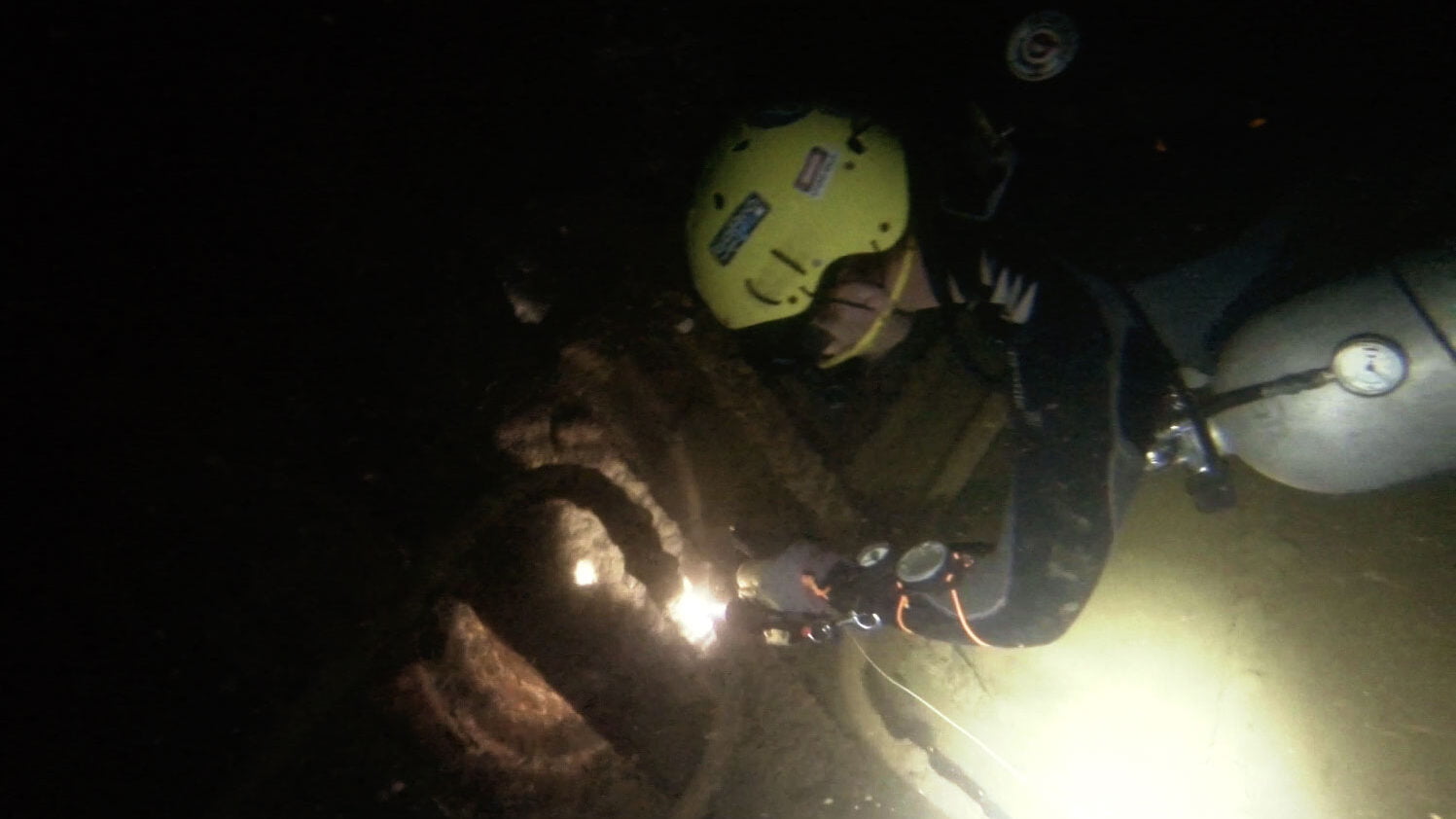
Silt out and zero visibility
There is very little water movement inside a wreck, and this allows sediment to accumulate over time. Known as silt, this material covers the floor, builds up on pipes, and coats walls and ceilings. Disturbed silt billows into the water and decreases visibility to zero. That effect is called silt out.
What is silt within a wreck?
The term ‘silt’ is used by wreck divers to describe any fine particulate matter that accumulates on the floor and surfaces of a wreck. Silt remains suspended in the water for long periods of time.
Silt materials in wrecks include:
- Clay
- Mud
- Mineral sediment
- Decomposed organic matter
- Rotted wood and fabrics
Avoiding silt-outs
Wreck divers learn to be exceptionally careful to avoid disturbing silt. It is important to not make unnecessary contact with surfaces inside the wreck. Developing fundamental diving skills enables greater control to avoid silt disturbance. Those skills include precision buoyancy and horizontal trim.
As the diver fins through the wreck, they can inadvertently direct water into the silt. For that reason, experienced wreck divers use special non-silting propulsion and maneuvering techniques.
Non-silting propulsion and maneuvering techniques used in wreck diving include:
- Frog kick
- Modified flutter kick
- Helicopter turn
- Pull-and-glide
- Finger walking
- Back kick
Even with the best technique, exhaust bubbles will rise to the ceiling and disturb silt to slowly decrease visibility.
Light failure
A wreck diver cannot see if their dive light fails. If the diver’s torch stops working, they are not able to signal their team, read their gauges, or find the exit route. To limit that risk, recreational wreck divers are restricted to staying within the ‘light zone’ of a wreck.
The light zone exists where ambient external light always illuminates the exit. Diving beyond the light zone requires three dive lights: a primary light and two reliable backups.
Dealing with zero visibility isn’t just about equipment and fundamental skills. The wreck diver must learn specific zero visibility procedures for exiting the wreck and dealing with emergencies.
Specific procedures taught to advanced wreck divers include:
- Touch-contact communication
- Exits along a guideline
- Searching for a lost guideline
- Finding a missing dive buddy in zero visibility.
Entanglement and entrapment
Wrecks attract marine life and typically become popular fishing locations. As a result, lines and nets inevitably snag on the exterior of a wreck. Nets drop over the wreck, waiting to ensnare unwary divers. Monofilament fishing line is designed to be unseen in the water, making it very easy to get tangled in.
Entanglement hazards
Inside wrecks, electrical wiring can hang from the ceilings. Furnishing fabrics degrade and float around compartments. Additionally, the wreck diver’s own penetration guidelines can easily become wrapped around their equipment. These are all entanglement hazards that can trap a diver inside the wreck.
Entrapment hazards
As the wreck degenerates over time, parts of its structure can collapse and fittings can break loose. Pipes can stick out along passages to snag on a wreck divers’ equipment. Also, hatches can fall to block exit routes. Furthermore, a diver’s exhaled bubbles can dislodge objects that are hanging loosely above them.
Advanced wreck courses ensure that divers become vigilant of entanglement and entrapment risks. They provide specialist procedures to calmly cut yourself free from tangles. Challenging training dives provide experience in planning safe routes through a wreck and dealing with snagged equipment. Advanced wreck divers become adept in using a wreck penetration reel properly to avoid getting wrapped up in their own guidelines.
Physical injury hazards
Wreck diving environments pose specific hazards beyond the normal risks of scuba diving.
Cuts, abrasions, lacerations, splinters, and contusions
As wrecks disintegrate over time, the rusting metal of their structure can become wickedly sharp and splintered. Heavy objects within a wreck can dislodge and fall onto divers. The surfaces of wrecks inevitably develop a coating of shellfish, corals, sea urchins, and stinging hydroids.
Making accidental contact with these wreck diving hazards can cause blunt force trauma and penetrating injuries, including:
- Cuts
- Abrasions
- Lacerations
- Splinters
- Contusions
- Crushing
The best ways to avoid physical injury from these wreck diving risks is by:
- Developing robust diving fundamental skills to avoid contacting the wreck.
- Being observant and situationally aware.
- Wear full-body exposure protection and gloves.
In tropical waters, thermal insulation isn’t a necessity in tropical waters. It is advisable to wear a thin wetsuit that provides protection against these wreck diving risks. Experienced wreck divers sometimes wear protective diving helmets.
Contaminants and hazardous materials
Some wrecks contain toxic contaminants and hazardous materials. The majority of wrecks are unanticipated, caused by accidents, storms, or military conflicts. Those vessels invariably contain quantities of oil, petroleum, lubricants, solvents, and other chemicals. Some ships sink whilst transporting hazardous material (HAZMAT).
Hazardous materials inside ships that constitute risks of wreck diving include:
- Explosives
- Compressed or liquefied gasses
- Liquids and solids liable to spontaneous combustion
- Oxidizing substances (agents) and organic peroxides
- Toxic and infectious substances
- Radioactive materials
- Corrosives
Military vessels can contain explosive ordnance and ammunition. The toxic remains of dangerous chemicals could be stored in deteriorating containers, mixed with the silt, diluted into the water, or trapped in gas pockets. Critically, a wreck that has been safe to dive into for years can unpredictably release hazardous materials as it deteriorates.
The best ways to avoid wreck diving risks of contaminants and chemicals are:
- Avoid disturbing silt inside the wreck
- Don’t put enter air pockets
- Don’t touch or interfere with containers, pipes, or valves inside the wreck.
- Be vigilant for any burning, itching, or irritation to your skin, eyes, or mouth.
Wrecks that are deliberately sunk as artificial reefs and scuba diving attractions tend to be a lot safer. As a result, to comply with environmental regulations they are diligently cleaned of contaminants. Consequently, wrecks sunk as artificial reefs are prepared for diver safety by:
- Removing loose objects
- Taking away hatches and doors
- Cutting out wiring and cables
- Cutting numerous exit points in the hull.
Marine life injuries
Wrecks attract a high concentration of marine fauna and flora, and some of these aquatic species can be a danger to divers. Importantly, hazardous marine life risks can, and should, be avoided as you would on any scuba dive.
Wreck diving increases the risk of marine life injury. Venomous fish like Scorpionfish and Stonefish can be near-invisibly camouflaged on the walls and decks of a shipwreck. Moray eels can hide in pipes. Urchins, fire corals, and stinging hydroids cover the outer surfaces of wrecks. Lionfish naturally congregate in open hatchways. Some wrecks attract predatory sharks, giant barracuda, and sea snakes.
As a wreck diver, it is important to pay close attention to your surroundings. First, be observant of marine life and don’t seek to interfere with it. Second, anticipate imperceptible dangers on the walls and surfaces of wrecks; use good buoyancy and maneuvering skill to avoid making accidental contact with the wreck and its inhabitants.
Mitigating wreck diving risks
Wreck diving is an exciting and alluring activity for many divers. It is attracted to those who value a unique ecosystem and photo opportunities found in sunken ships. It is important to remember that safely entering a shipwreck requires specialized equipment and advanced training.
Improve core diving skills to reduce wreck diving risks
The first step in mitigating wreck diving risks is to develop your core scuba diving proficiencies;
- Precise buoyancy control
- Streamlined horizontal trim
- Non-silting propulsion techniques
- Maneuvering skills
- Situational awareness
- Gas management and planning
- Team diving and buddy-system skills
- Refreshed and reliable emergency procedures
Some scuba divers neglect to develop their fundamental diving skills, preferring to do more glamorous higher-level certifications. Importantly, basic skills do the most to increase wreck diving safety if they are refined to a high level of proficiency.
Comprehensive dive planning to avoid wreck diving risks
Well-strained and experienced wreck divers create comprehensive dive plans, with high attention to detail, that assume worst-case scenarios will occur. As a result, gas consumption and no-stop limit calculations will be factored into that plan. Furthermore, there will be an agreed contingency plan for each of the foreseeable wreck diving risks.
Scuba divers respond to emergencies far more effectively if they have an existing plan in mind. Critically, knowing what to do improves stress management.
Specialist procedures for wreck diving risks
The second step to mitigate wreck diving risks is to learn the specialist emergency procedures for wreck diving. These procedures cover situations like silt outs, lost divers, entanglements, light failures, and air-sharing through confined spaces.
Unfortunately, these procedures, skills, and protocols are typically only taught on advanced wreck diving courses by highly specialist and extremely experienced wreck diving instructors.
Specialist equipment for mitigating wreck diving risks
Advanced wreck penetration divers have learned from experience to use specialist wreck diving gear. It is combined with special procedures to mitigate known wreck diving risks.
Specialist wreck diving equipment typically includes:
- Redundant cylinders and regulators.
- A 2m/9′ long hose for air-sharing in tight spaces.
- A powerful primary torch and two backup lights.
- A large wreck reel for laying guidelines.
- Safety spools for emergency search procedures.
- Protective helmets for impact protection.
- Cutting devices and backup cutters.
This special wreck diving gear cannot be utilized effectively without the training necessary to implement it into established procedures. Consequently, you should search for a wreck instructor who will introduce this equipment in their course. Additionally, they should teach how to use it with specific risk-focused procedures. Unfortunately, the average recreational Wreck Diver course falls far short of providing reliable proficiency in the equipment and protocols for safe wreck penetration diving.
About The Author

Andy Davis is a RAID, PADI TecRec, ANDI, BSAC, and SSI-qualified independent technical diving instructor who specializes in teaching sidemount, trimix, and advanced wreck diving courses.
Currently residing in Subic Bay, Philippines; he has amassed more than 10,000 open-circuit and CCR dives over three decades of challenging diving across the globe.
Andy has published numerous diving magazine articles and designed advanced certification courses for several dive training agencies, He regularly tests and reviews new dive gear for scuba equipment manufacturers. Andy is currently writing a series of advanced diving books and creating a range of tech diving clothing and accessories.
Prior to becoming a professional technical diving educator in 2006, Andy was a commissioned officer in the Royal Air Force and has served in Iraq, Afghanistan, Belize, and Cyprus.
In 2023, Andy was named in the “Who’s Who of Sidemount” list by GUE InDepth Magazine.
Purchase my exclusive diving ebooks!
Wreck diving risks FAQ
There are seven specific hazards in wreck diving:
1. Overhead environment
2. Disorientation
3. Silt out and zero visibility
4. Entanglement
6. Environmental hazards
7. Marine life injuries
Wreck diving includes the same hazards as normal scuba diving, and more severe risks of entanglement, disorientation, and the inability to immediately ascend if the wreck is entered.
Sunken wrecks often contain volumes of petroleum, oil, lubricants, and other toxic chemicals. Some vessels sink whilst carrying a cargo of hazardous contaminants. Military vessels may contain ammunition and explosive ordnance.
A silt out is disturbed sediment that clouds the water and reduces visibility for scuba divers.
An overhead environment is defined as an area with no direct vertical access to the surface. Cave, cavern, and wreck penetration diving are examples of overhead environments. Specialist training, equipment, and procedures are needed for diving in overhead environments.
The four main reasons why divers get lost inside shipwrecks are:
1. Impaired situational awareness
2. Weak navigation skills
3. Disorientation in confusing wreck layouts
4. Disturbing silt and sediment to cause zero visibility
First improve your fundamental diving skills, like buoyancy, trim, propulsion, situational awareness, and dive planning, to a high level. Enroll in a basic Wreck Diver course with an expert wreck instructor. To safely penetrate wrecks, gain an Advanced Wreck Diving certification.
Originally posted 2023-03-19 14:51:25.








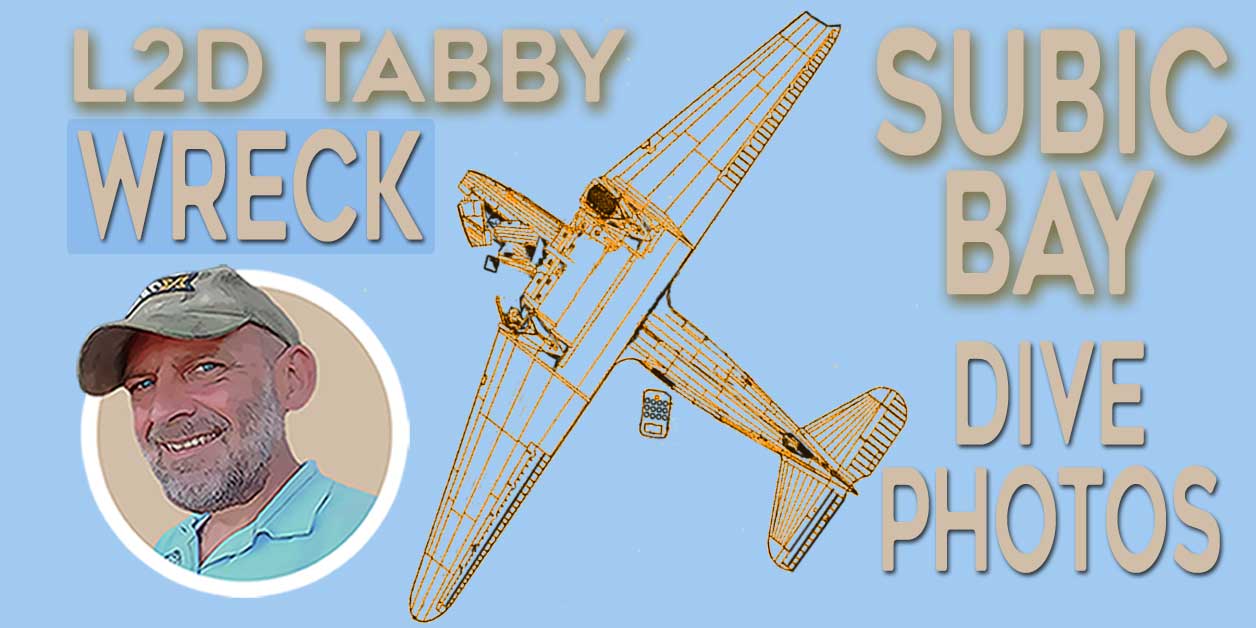
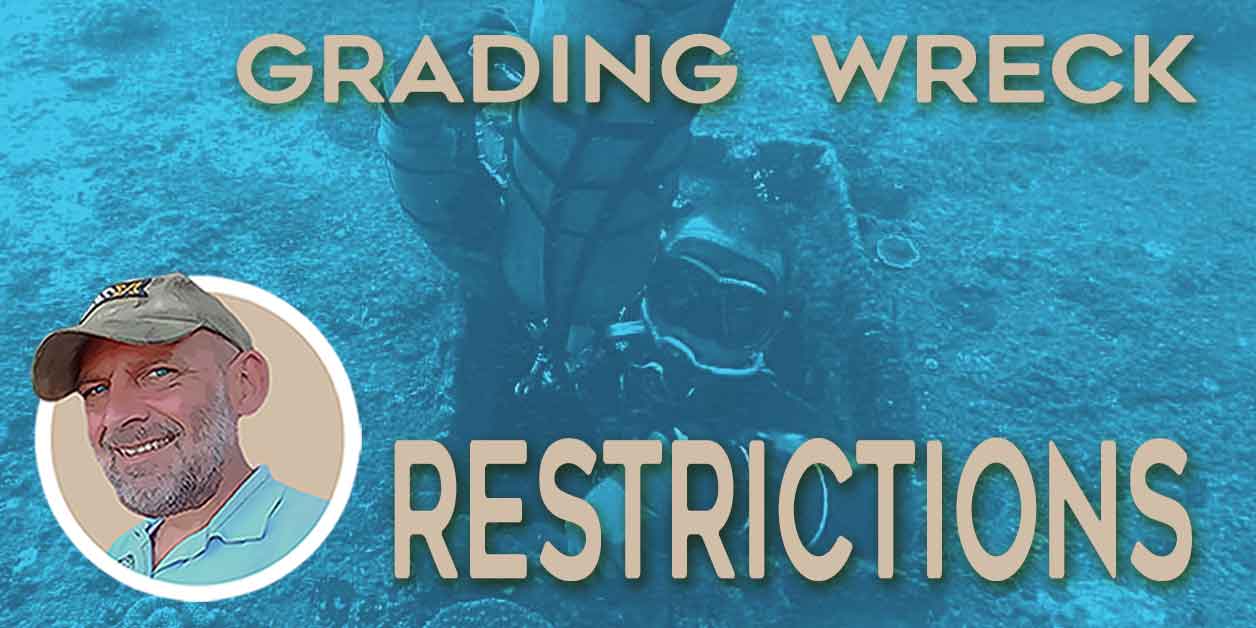

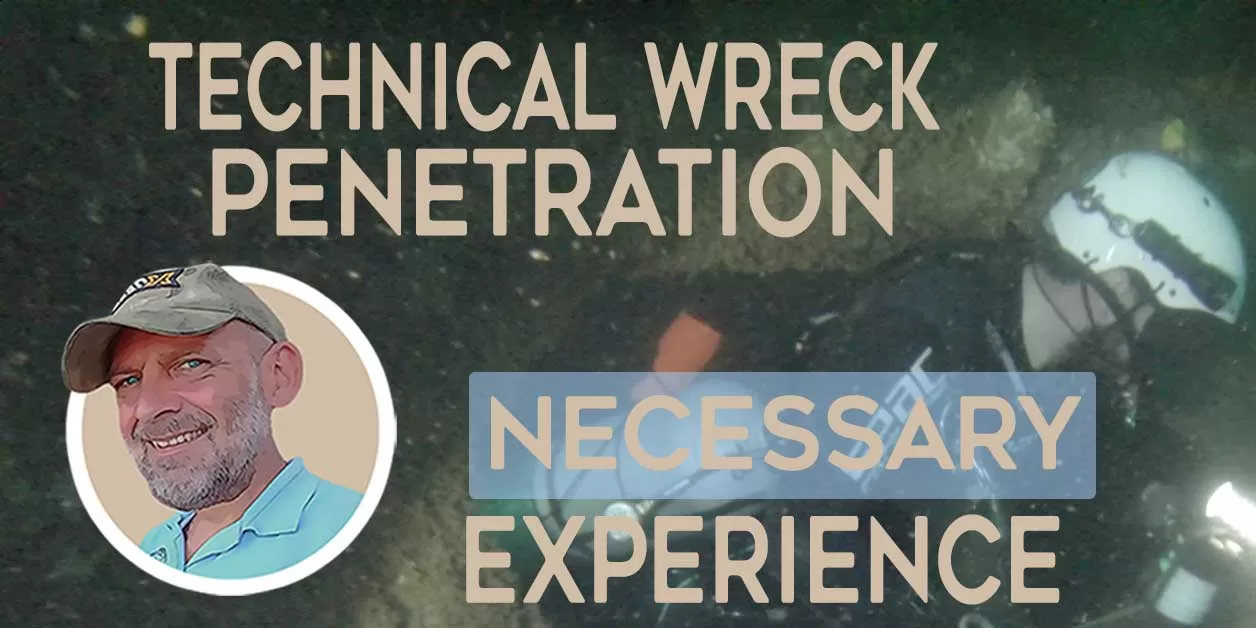

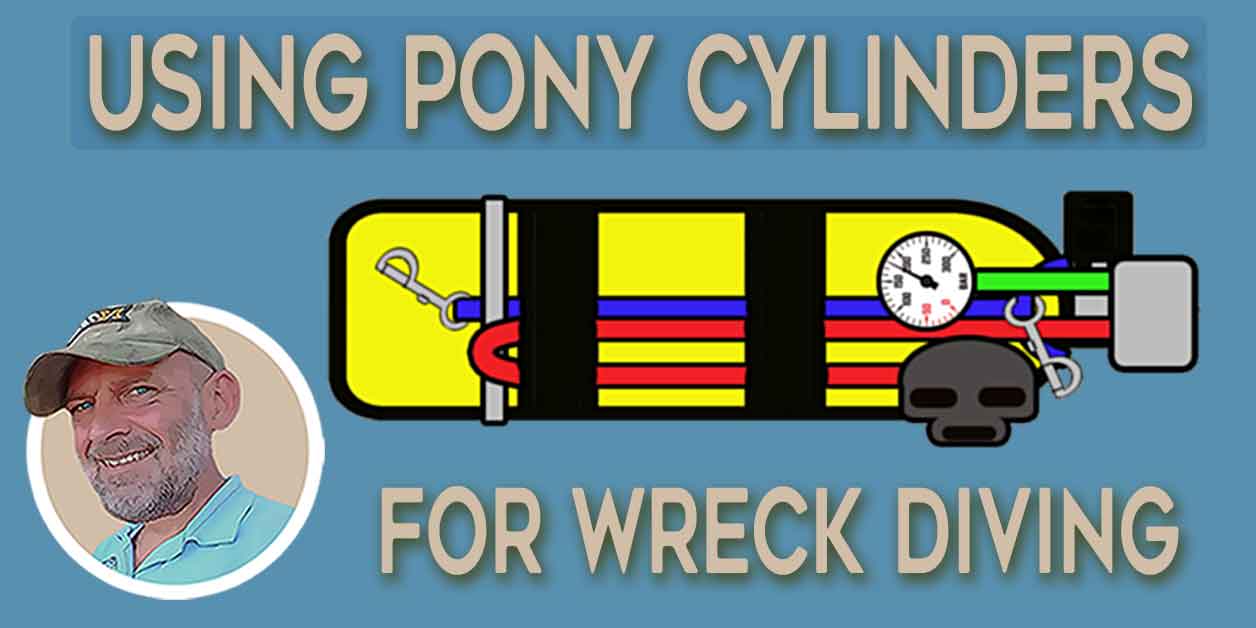
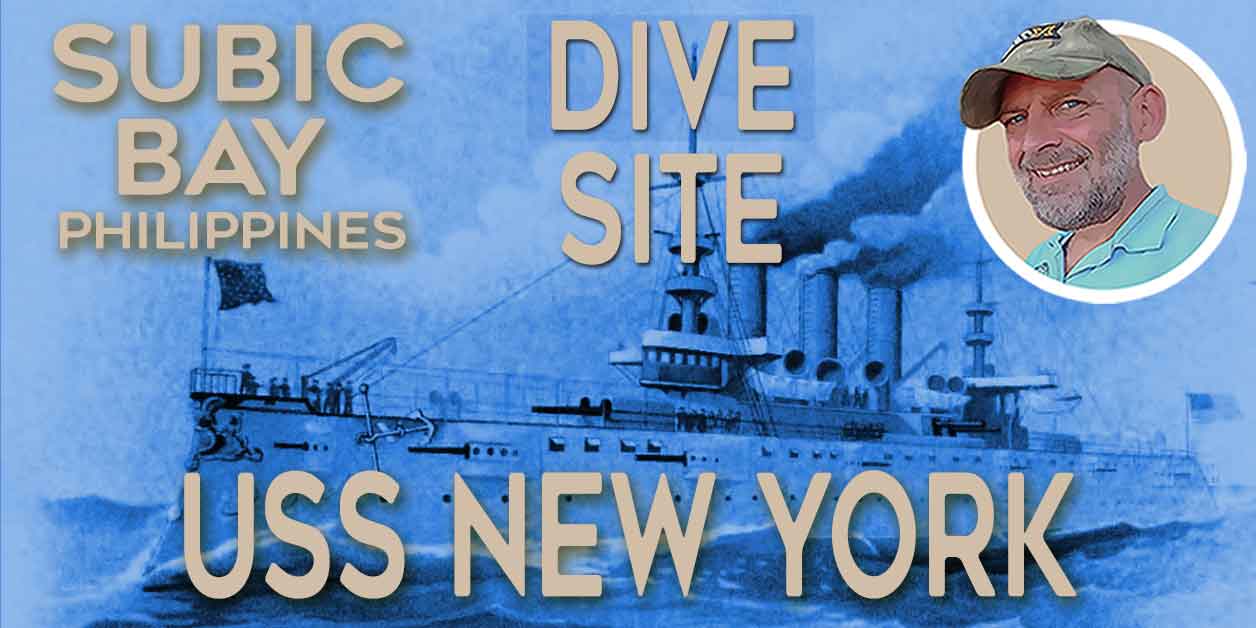
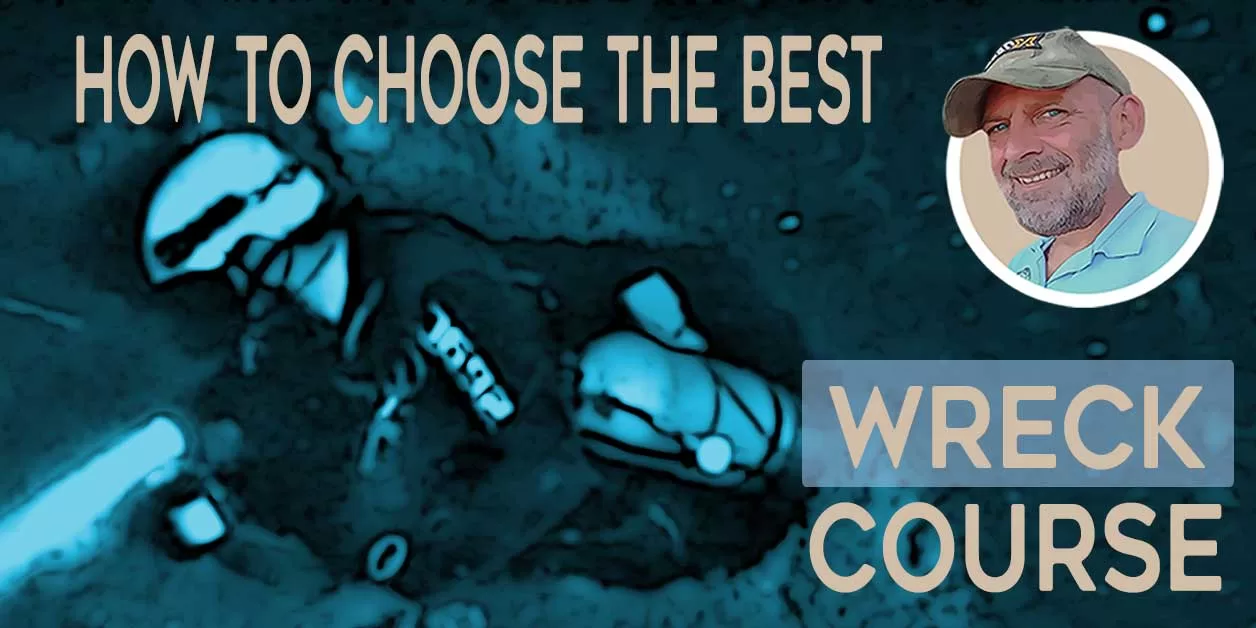
I can relate to your experience. At tech diving levels, there seems to be a disassociation between getting trained for depth and getting trained for wreck penetration. The uptake of technical WRECK courses is far smaller than that for general tech certification. A lot of tech divers seem to convince themselves that they’re somehow innately prepared and able to operate safely in overhead environments. That’s probably why the cave community is historically so dismissive of wreck divers. Even when tech divers do undertake a technical wreck course, I’ve noticed that a lot of those courses are more fixated on simply visiting wrecks at depth, rather than delivering any sophistication in best practice skills and procedures for overhead environment diving. I can understand why some tech divers don’t feel technical wreck training is a necessity; many courses don’t deliver exemplary penetration skills, and the mindset of not requiring specific advanced training to enter wreck has become widely normalized across the tech diving community.
My worst experiences were- Stopped to photograph an electric fan at around 56m, looked up into darkness, my guide was gone, only a good canister tech light found a reddish patch were divers had polished the steel leading to the next compartment were I found my guide entering the next compartment. I was his ghost for the reminder of the Gauntlet dive, this was 2012. Another experience was a 7 1/4 minutes in an ER staircase at 56m. The guide finally got me out. I was so worried about a lens scratch, the video still chills me. The video is blank with just my breathing, trying to get to 3 breaths per minute, a total fail. Both Air doubles. Cheers, I really appreciate your posts to make diving safer, back to Chuuk in June for another 30 dives…